Кristina Rozhkova is a photographer from Perm, lives in St. Petersburg. Graduated from the Photographic Academy of Documentary and Art Photography.
Tell us about your journey in photography. How did it all start?
I started working with photography quite by accident. A month before that, I would not have thought that I would do this at all. An acquaintance of mine gave me a camera, and I immediately started taking pictures. I photographed fully naked people. From the very first shooting.
I wrote an ad on Instagram that I was looking for people who would be ready to shoot naked in my house, and mostly my acquaintances of a liberal orientation responded: vegans, punks, feminists and those who adhere to body positivity. But there were other people, of course. I, myself did not understand how it happened, but for the first two months of my experience in photography, I shot about two naked people every day. I gave myself a lot in every shoot, everything was insanely intense. It seemed to me that I was biting into the human body and I wanted to get the most out of every shoot.
Then I moved to St. Petersburg and by complete chance found out about the Fotografika Academy and won a grant there. It's funny, but my entire portfolio for admission there consisted of naked human organs and genitals: penises, breasts, vaginas, abdomens and also very close-up faces. When I entered the academy, everything changed: I began to be more conscious of what I was doing and I became interested in project concept photography, but the love for intense shooting and an aggressive approach remained.
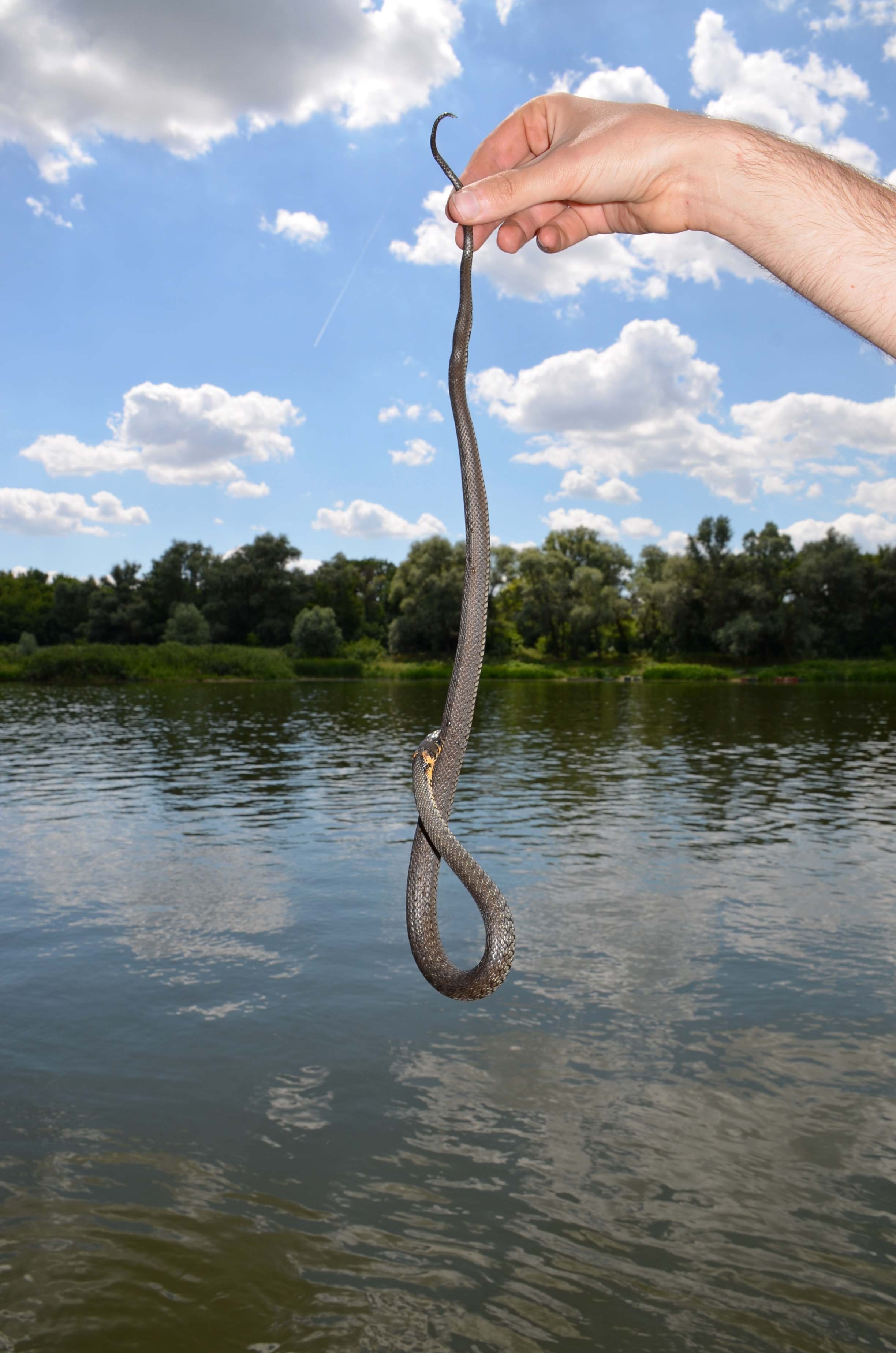
project "Dacha"
Your project "Dacha" aroused great interest and was published in many publications. Is this your first project? Tell us about it.
The essence of "Dacha" is its randomness. It happened on its own, very easily and playfully. I hadn't conceived this project at all. I came to my friend's dacha in the Perm Territory, in the village of "Kolyada". In this village there are only 4-5 houses left, it is surrounded by Soviet youth camps, abandoned in their mass. I really liked it there: we walked with my friend Nastya through the ruins of Soviet camps, changed into old grandmother's outfits, went to the bathhouse, made masks from fresh strawberries from the garden, drank birch sap brought by a neighbor, took pictures, read to each other aloud something from the classic Russian literature. And in this game, in this pleasure, "Dacha" was born for me.
I started photographing in the process, the visual language and images were born on their own. I didn't comprehend anything, I didn't think about anything. But I immediately realized that the main idea for me is the search for intimacy, the search for friendship, love and affection. Especially between girlfriends. I would like to express the kind of vacuum created by the dacha space and how friendly closeness can manifest itself much deeper in it. After Nastya's dacha, I immediately realized that something had happened. I remembered that I never had a dacha and all the rituals natural for a child in Russia: digging a bed of potatoes, grandmother's pies from the stove, annual trips to the dacha and "country friends" (these are the children with whom you communicate only in summer, living in the country). So I realized that already in adulthood, something happened to me that happens to the majority much earlier. I continued to shoot "Dacha" - I went to other friends and visited about four dachas in the Perm Territory, in the Voronezh and Leningrad regions. I really enjoyed it.

project "Dacha"
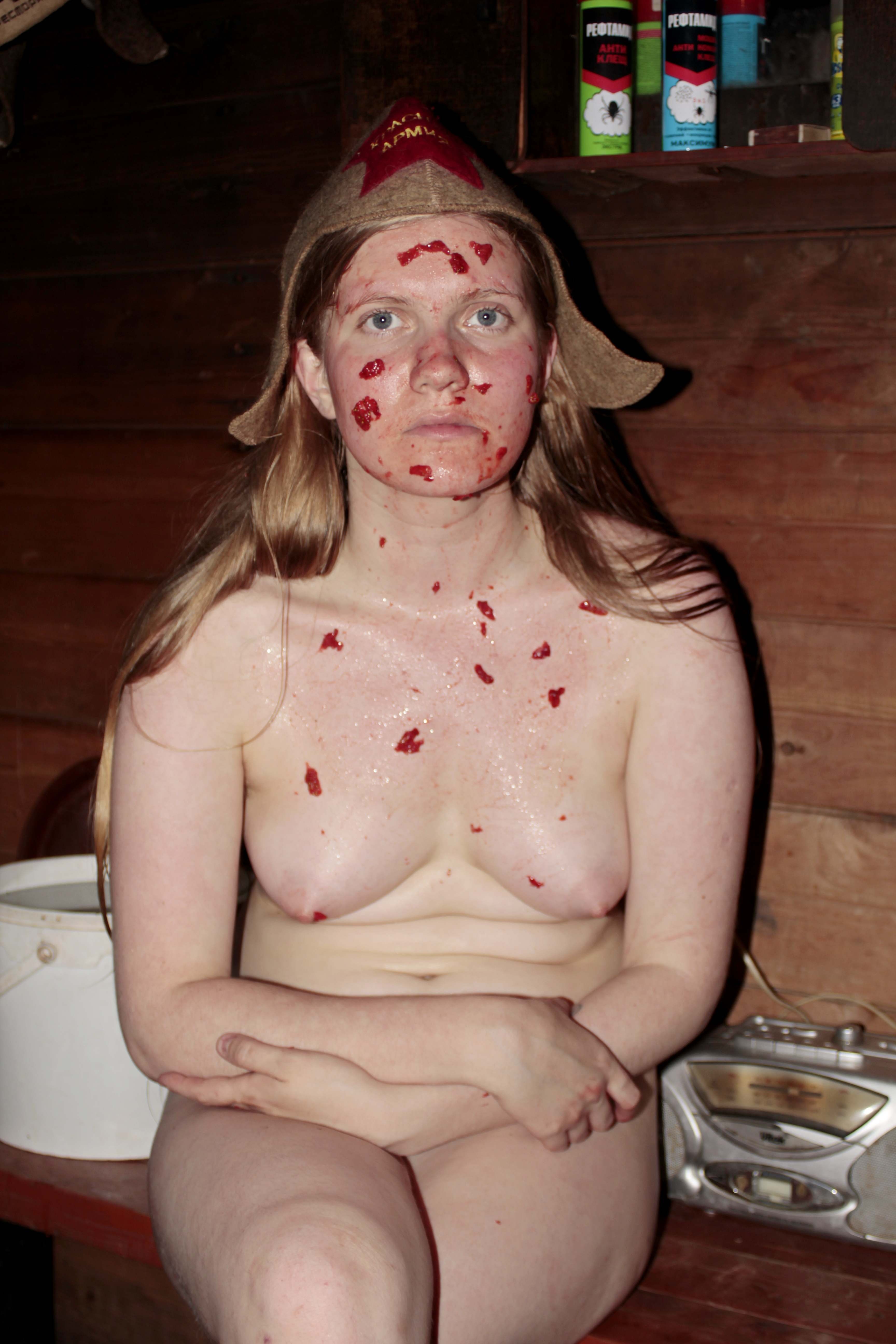
project "Dacha"
The next format for the presentation of the "Dacha" project you have chosen the format of the photobook. Do you love this format, or did the project dictate this form itself? What difficulties do you face in the creation process?
It seems to me that I still poorly understand the book format. It comes out clumsy and sloppy for me, but for some reason I want to do more. I do not know why. I guess it's just curiosity about how my photographs can look like a book, and then design, cover, layout are mixed in and all the photographs become so close to each other. In the digital form, so many things are impossible, and then there is the tactile and paging effect that reminds me of the video sequence.
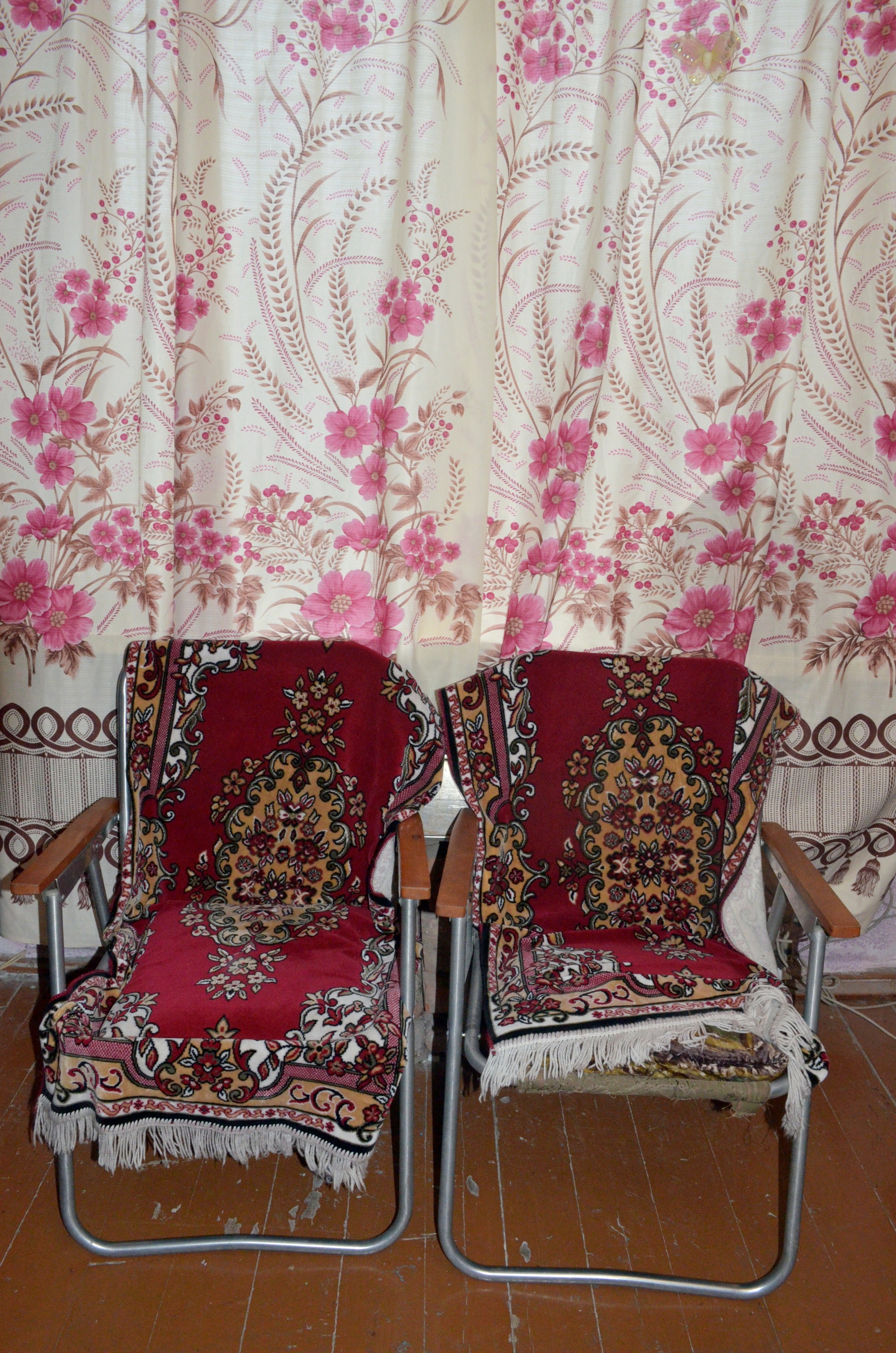
project "Dacha"
Are you interested in other forms of artistic expression? Would you like to reveal your ideas not only through photography, or is this the most ideal tool for you at the moment?
I think about many forms of speaking, in particular about cinematography and performance.
But photography especially attracts me because of its rapid intensity and grasp of the human eye. How quickly it gives results. You just see the image and you either like it or you don't. It does not need duration (as, for example, when the viewer needs to "spend" an hour and a half of his time on cinematography), he does not need space, objectivity, volume. On the one hand, this is depressing, I like to develop in myself a love for slow and extended practices like reading, watching a long movie, walking around the museum, but it is very interesting to express all my experience in such an integral, rich and expressive (in my case) form statements - photographs.

This summer you worked on a story about adolescence in the context of the everyday life of little girls. What prompted you to work with this topic? Were you a bystander or a more involved player? How important is play form to you in the process of creating projects?
The girls themselves pushed me to work with girls, or rather, meeting with them, their gestures, postures, naturalness and simplicity. The image of a Girl of 9-13 years old is filled for me with that gamut of feelings and experiences that resonates in me even now: the thrill of friendship, playfulness, dressing up, excitement from the first sympathy, anxiety from accidental touches and, at the same time, naturalness and naivety, as well as increasing tension in relations with the outside world and with oneself.
Finding myself face to face with girls of this age, I realized how close I had gone. How much I feel like that girl. How much I want to be that girl.
Yes, I prefer the form of play, live interaction, falling into childhood, when I myself become a child. It's closer to me to shoot on a whim, almost without thinking, and then understand what it meant for me and give birth to an idea based on the chosen form. I like dressing up with my heroines, doing makeup with them, cooking something, just walking or doing something together.
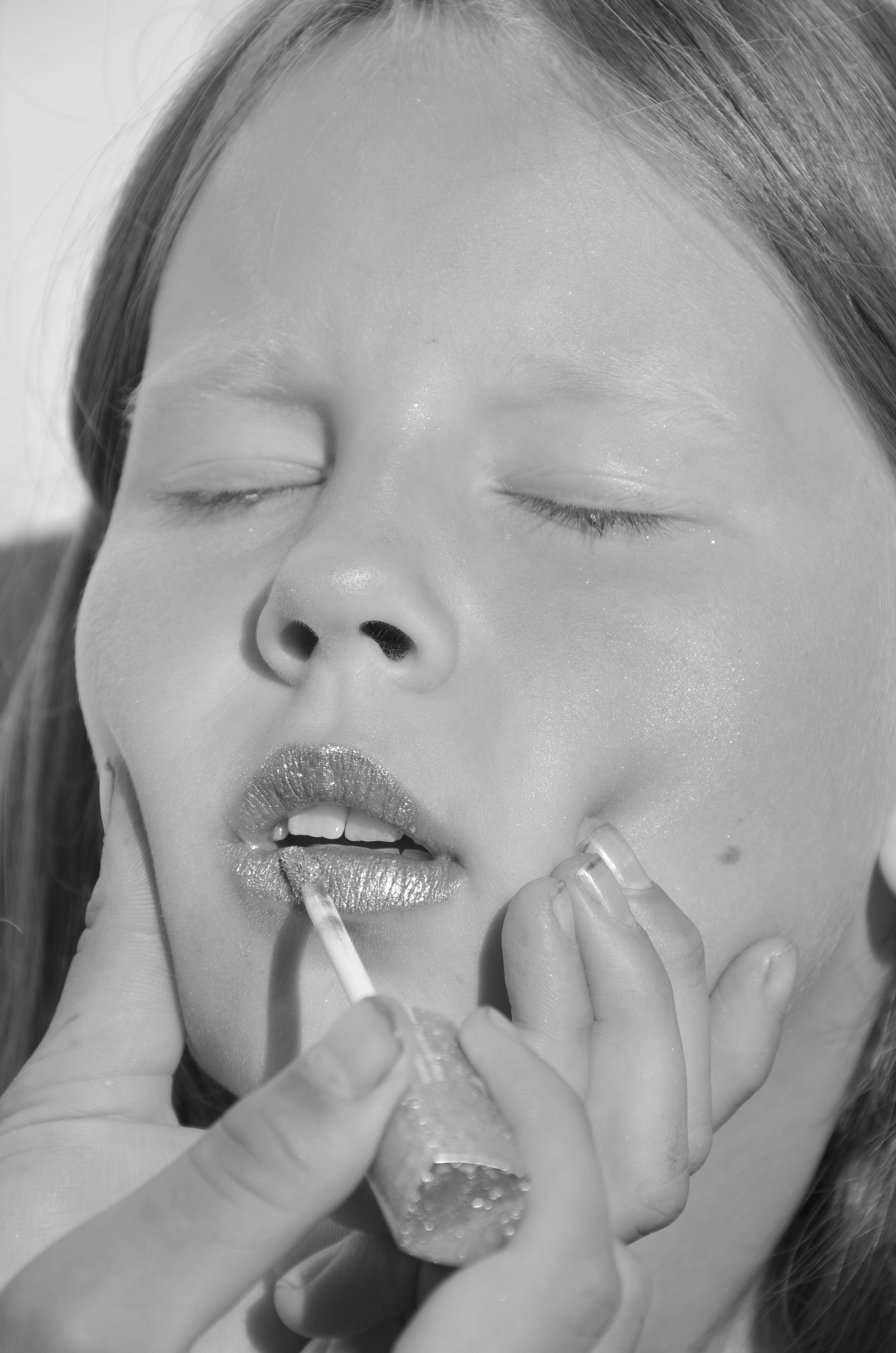
Tell us how you see the final completion of the project about girls. Will it be a photo book or will you limit yourself to the format of online publications?
I want to make a book ^_^, but I have no idea how it would look yet.
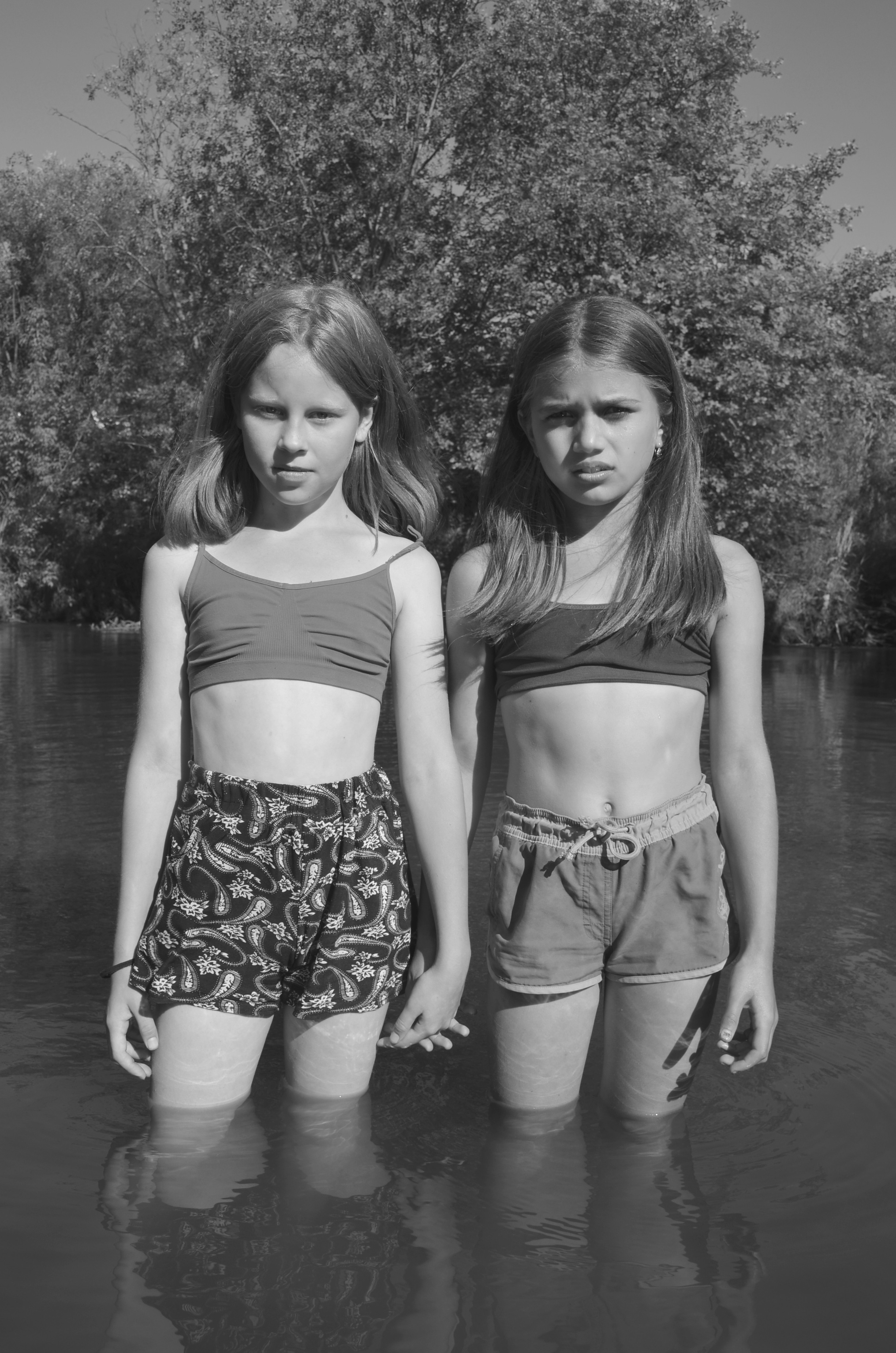
In almost all of your photographs, there is a strong emotional distress. They retain attention, and many photographs are read as a demonstrative challenge to the viewer and enhancing his perception. How important is the viewer's reaction to you? Is your practice directly related to it, or do you work more intuitively, without thinking about the result?
I agree with the characteristics described, I myself feel it when I try to look at my work with a detached gaze. But I cannot say that I think a lot about the viewer. Before or during filming I don't think at all, after - maybe a little. But I like to flirt with the viewer and the feelings of discomfort, dislike and possible disgust that some of my images may cause. I like it when the image becomes almost physically unbearable, but here the important word is almost, there is a fine line, I'm not interested in entering the territory of pornography or gunk.
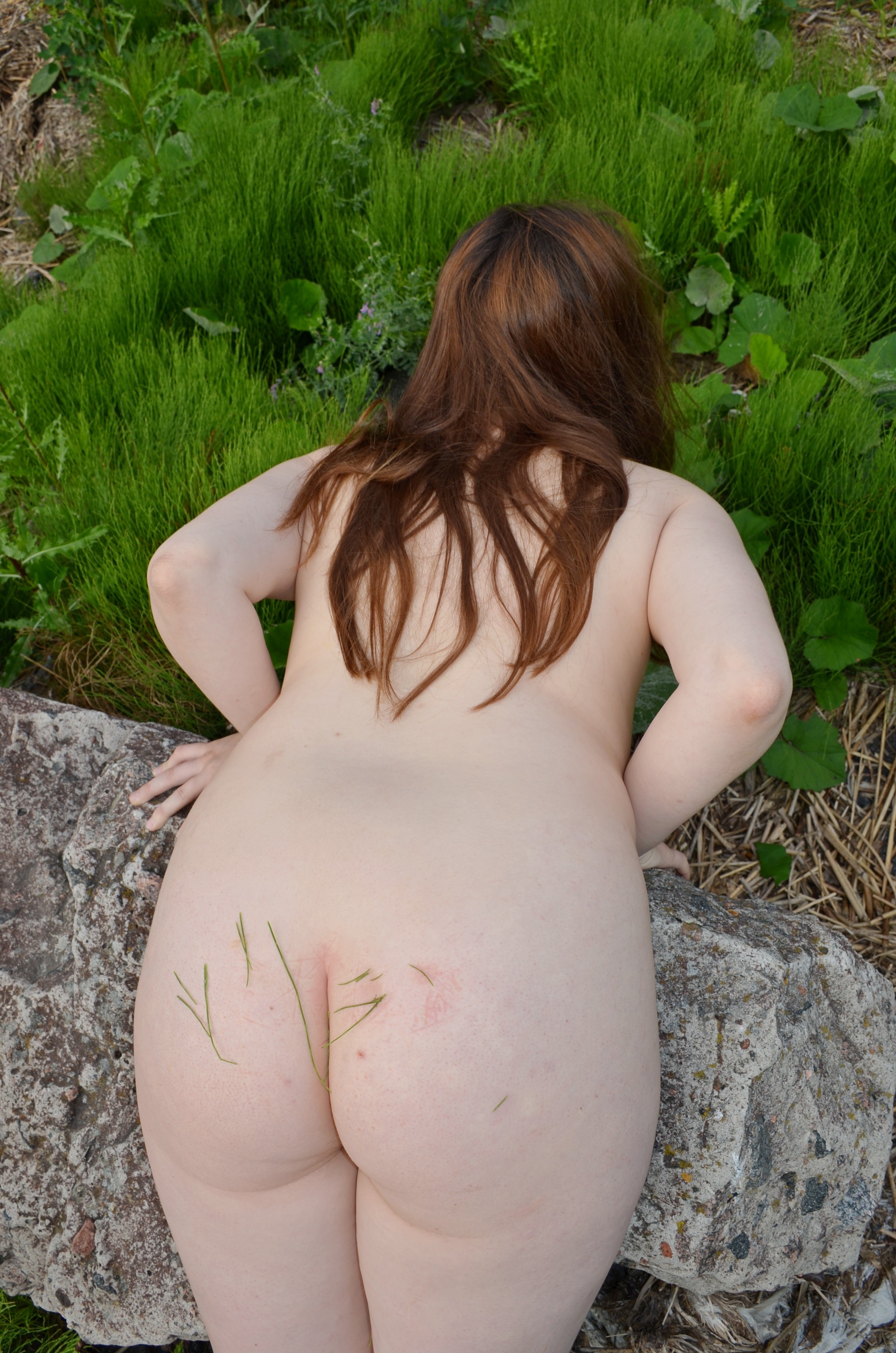
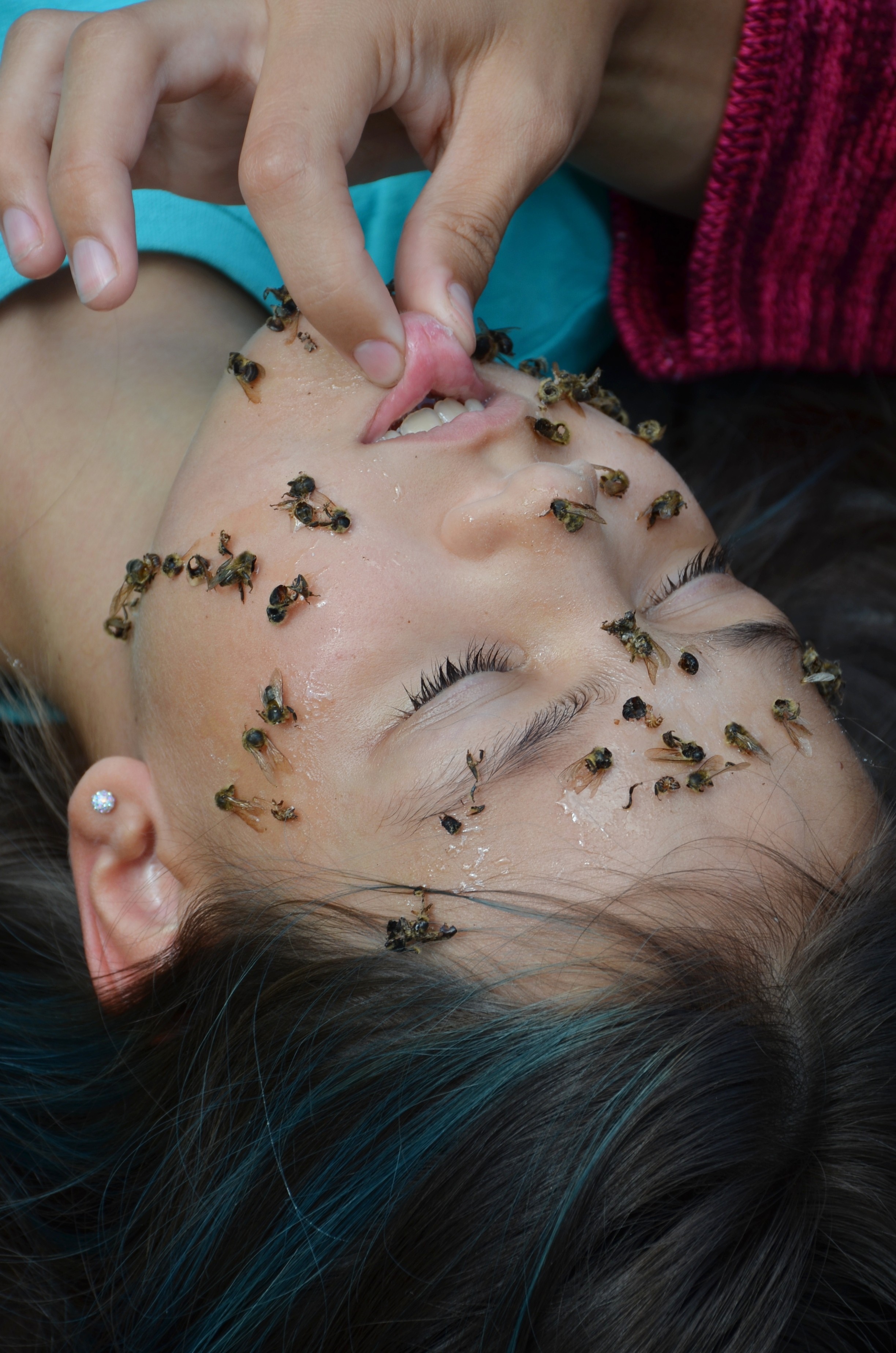
What topics interest you the most?
I would like to convey my own feelings, my sensory experience. I like the motives of power and aggressiveness, cruelty that flow into tenderness, caring, closeness and vice versa. For example, when something gentle and fragile is aggressive and domineering, totalitarian. I really like the fragile, crystal clear girlish world, which is sexuality and toughness. I like to convey my world and my feelings, so other people in my photos are like mediums for conveying my feelings.
Your basic education is philosophical. How do you apply the acquired knowledge in your photo projects? Do you think your vision has changed without the experience of studying philosophy?
I completed my Bachelor's degree in Philosophy at Perm University, and the distinguishing feature of my department was the emphasis on the study of Marxism.
I really liked my training and especially the fact that this direction allowed me to write works on very different topics (this feature of philosophy itself is to operate with extremely abstract and broad concepts, so its language describes everything). But most of all, I was carried away by aesthetics. I wrote works about the ancient tragedy in Pasolini's work, the philosophical origins of feminist film criticism, Walter Benjamin's aesthetic theory, the motive for the silence of God in Bergman and Dreyer, as well as on the problem of corporeality in the work of Yves Klein. It so happened that after finishing my scientific "career", I began to photograph and I liked it more than writing works on philosophy. It was in contrast to philosophy that I felt how much I liked the method that I've found within photography. With the advent of photography in my life, I felt like a creator, almost a demiurge. With philosophy, I felt like a processor of other people's thoughts, eternal references and quotes. It's impossible to say for sure how much my education influences my creativity and what influences my photography more: watching films or four years at university. I think it's everything.
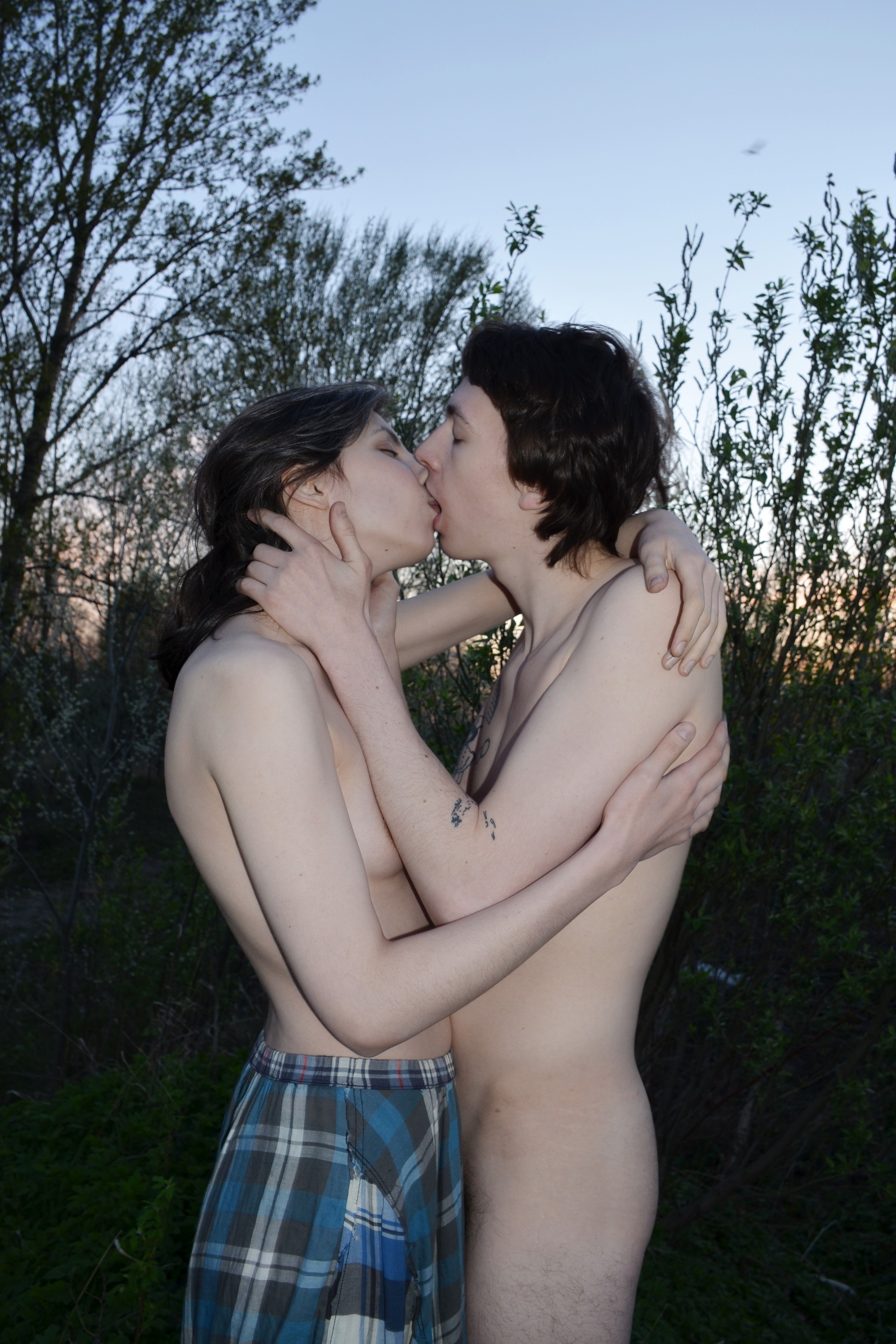
You also graduated from the Photographic Academy of Documentary and Art Photography in St. Petersburg. Tell us what influenced your vision the most while you studied here? Maybe a teacher or a whole course.
Photography, as I wrote above, greatly influenced me. And it could not be otherwise, because at the time of admission there I had been shooting for about 2-3 months and had just moved to a new city - St. Petersburg. It is also very difficult to say. New friends, entourage. I especially remember the courses of Svetlana Bulatova, Alina Tarabarinova, Vika Bukovskaya. I really liked doing homework with my group and seeing how everyone sees the same phenomenon / thing / object / topic differently.
Then covid happened and everything went online, I could not adapt and missed all classes. I waited for offline meetings, and everything was rehabilitated with special force on the course on creating photo books with Masha Ermolenko and Sveta Bulatova.
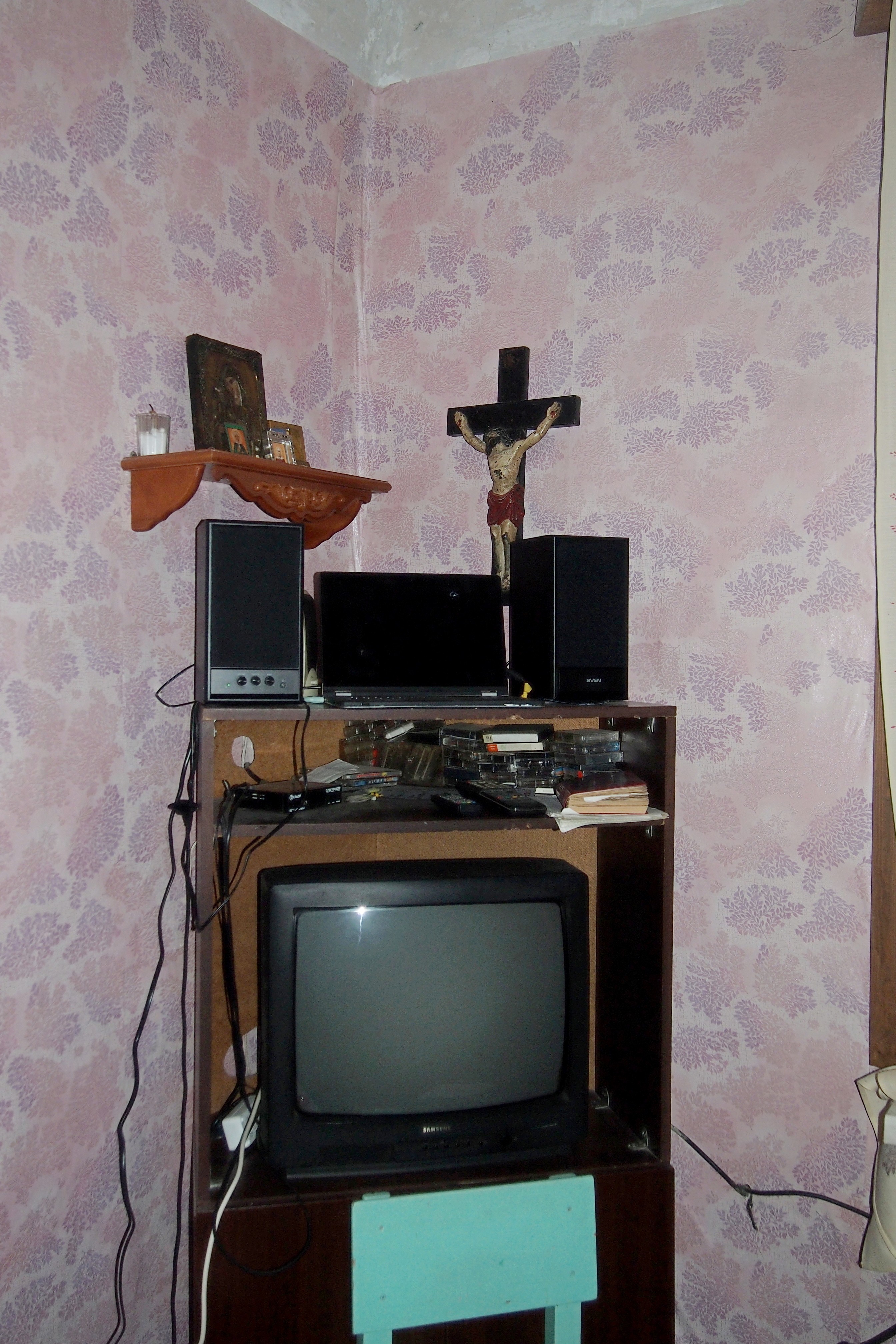
project "Dacha"
Do you have any favorite photographers? How often do you study other authors?
In general, there is not a single favorite photographer. I am very little interested in photography, I purposefully do not look at projects, magazines, publications of other authors. I don’t know the history of photography at all, I know that there is Bresson and Nobuyoshi Araki. But I know a lot of directors and I can't count how many favorite films I have.
What inspires you besides photography?
My main source of inspiration for myself is myself and how life appears to me, how I manage to cognize it.
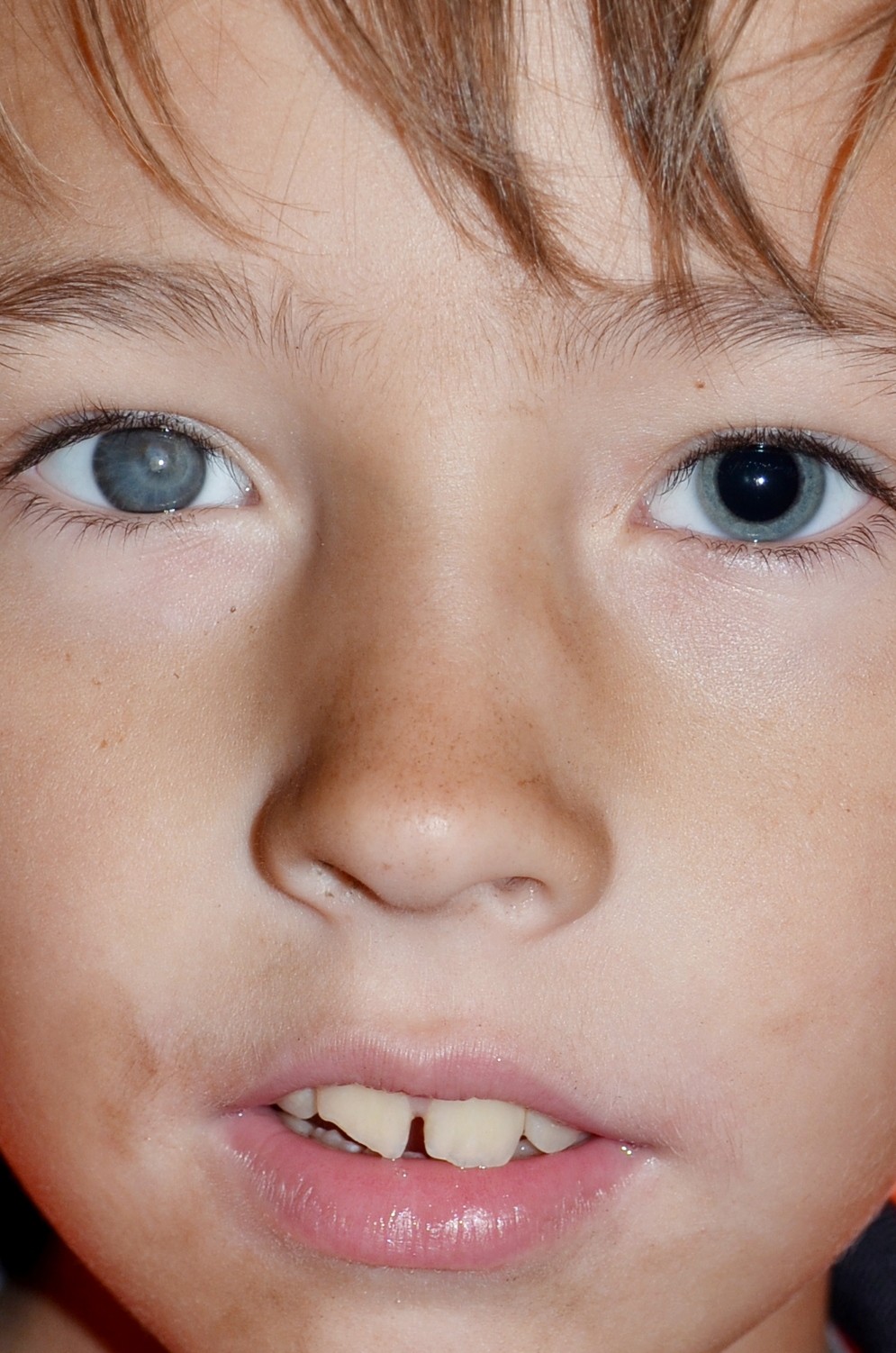
What are you working on now?
Now I am working on the final version of the photobook "Dacha". In thoughts, but not yet in action, a project dedicated to BDSM. One of the main ideas that I would like to embody in this story is the dialectic of a slave and a master, and this is that the master is no less dependent on his slave and, on occasion, everything can change places. Moreover, dialectics is about the fact that one opposition does not exist without the other, and it seems to me interesting in the context of BDSM relations “slave and master”, or also in the context of any other antagonistic relations, for example, capitalist ones.
Also in development is a project dedicated to my various visual fetishes. It consists of extremely close fragments of reality: mouths, eye touches, acts of tenderness and aggression, mouths again. Lots of repetitions, zooms, kaleidoscopes and dizziness.
Quite a lot of interesting contemporary artists come from Perm. This is an accidental coincidence, or is there some kind of magic of the place, maybe modern art is actively developing there and there is a fertile "soil" there?
I always say ironically that the best people are in Perm and that we need to move to Perm. But seriously, it's hard for me to talk about it.
